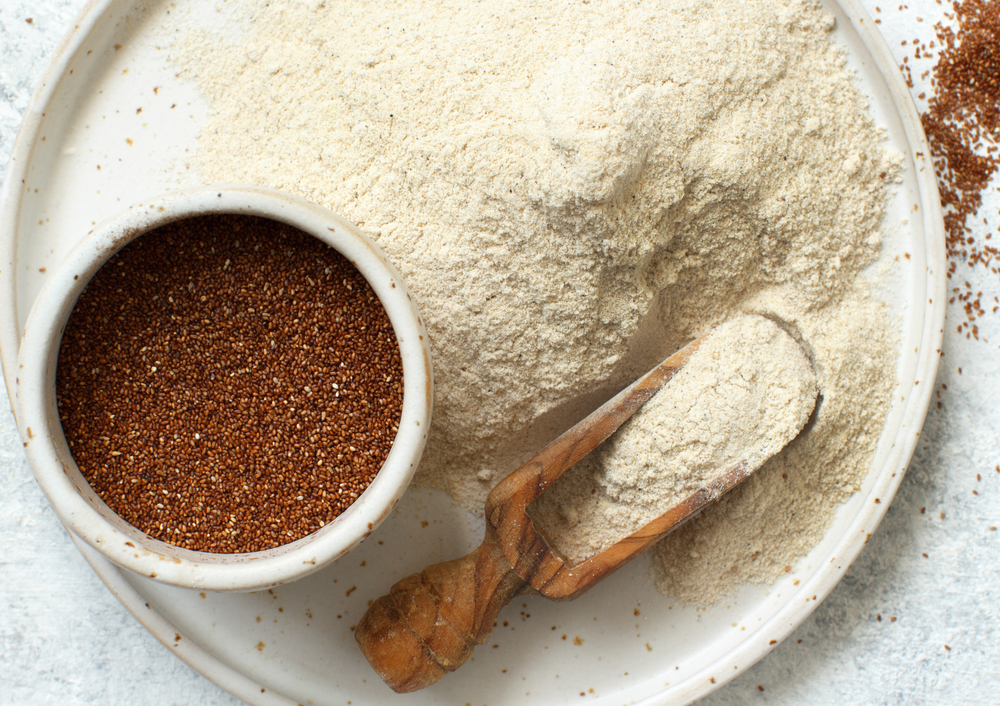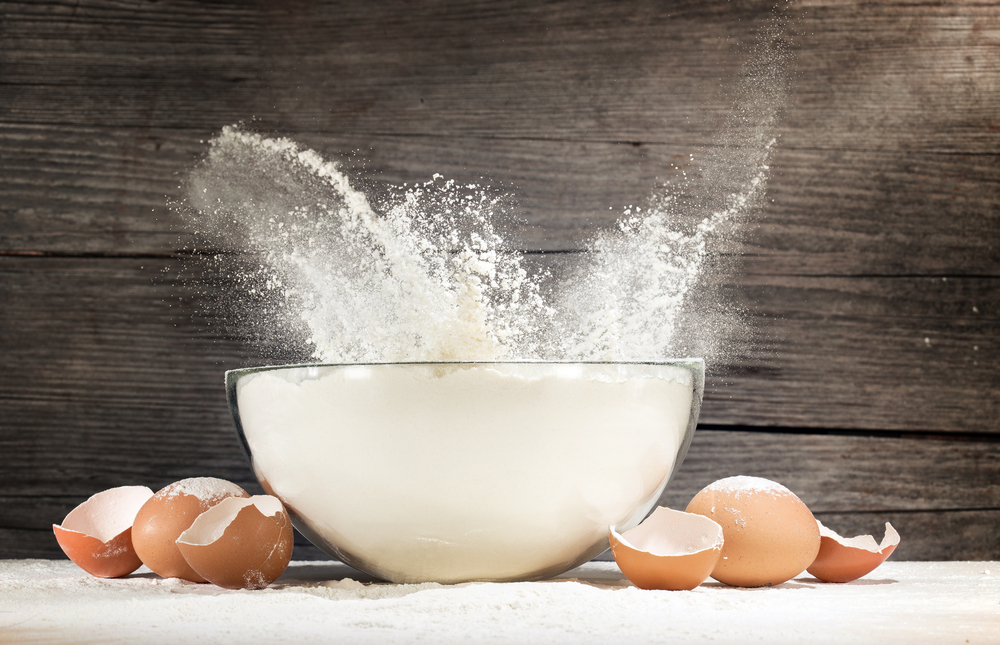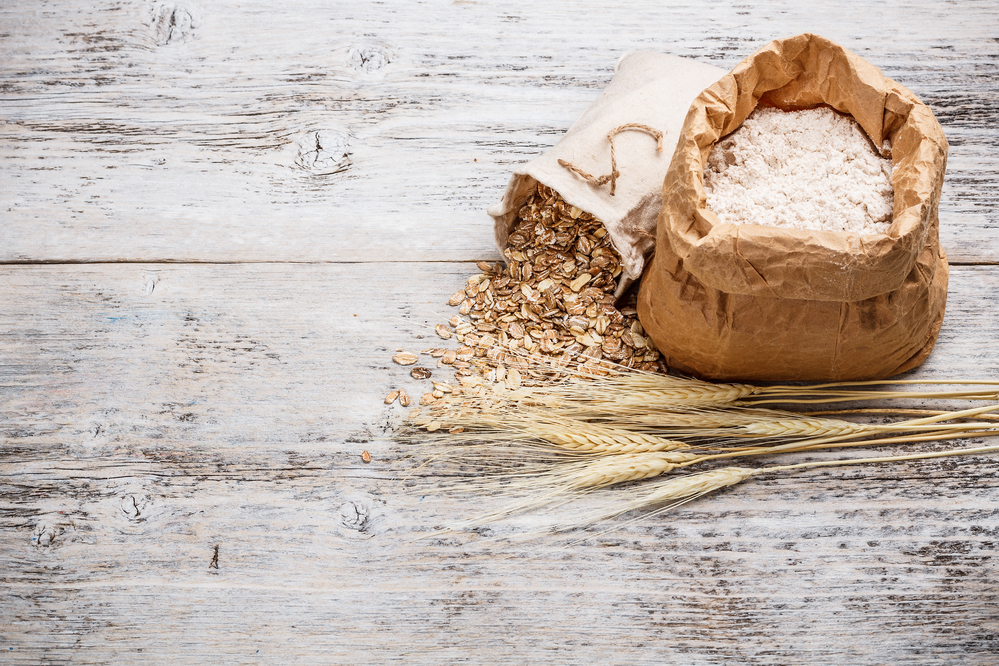I love Ethiopian cuisine, and one of my favorite dishes is injera, a spongy, tangy, and slightly sour flatbread made from teff flour. Injera is a staple food in Ethiopia and is served with various stews, vegetables, and dips.
However, if you have leftover injera, you might wonder how to reheat it properly without losing its unique texture and flavor.
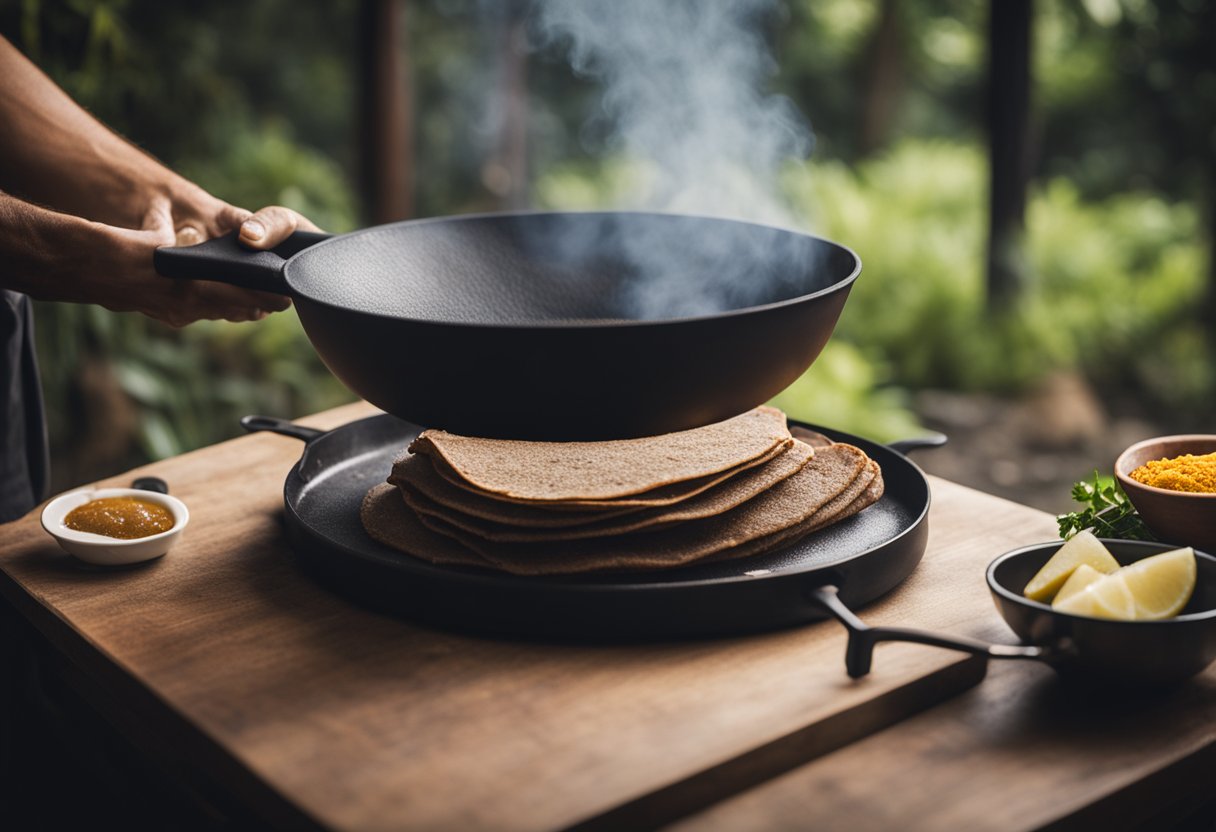
Understanding Injera is crucial to reheating it properly. Injera is different from other types of bread as it is not baked but rather cooked on a griddle or clay plate.
It is also leavened with a natural fermentation process that gives it its signature tangy flavor and spongy texture. Therefore, reheating injera requires a gentle approach that preserves its delicate structure and taste.
Key Takeaways
- Injera is a spongy, tangy, and slightly sour flatbread made from teff flour that is a staple food in Ethiopia.
- Reheating injera requires a gentle approach that preserves its delicate structure and taste.
- There are various methods to reheat injera, including using a microwave, oven, stovetop, or steamer.
Understanding Injera
The Basics of Injera
Injera is a sourdough flatbread that is a staple of Ethiopian cuisine. It is made from teff flour, which is a gluten-free grain that is native to Ethiopia.
Injera has a unique texture that is spongy and slightly tangy due to the fermentation process. It is traditionally used as a utensil to scoop up stews, vegetables, and other dishes.
The process of making injera involves mixing teff flour with water and allowing it to ferment for several days.
The mixture is then cooked on a large griddle, resulting in a large, thin pancake. Injera is typically served fresh, but it can also be reheated for later use.
Importance of Proper Reheating
Properly reheating injera is important to maintain its texture and taste. Injera can become dry and hard if it is not reheated correctly. There are several methods for reheating injera, including steaming, microwaving, and baking.
Steaming is the preferred method for reheating injera because it helps to maintain its moisture and texture. To steam injera, wrap it in a damp towel and place it in a steamer basket over boiling water. Steam for 2-3 minutes until heated through.
Microwaving is a quick and easy method for reheating injera, but it can make the bread dry. To microwave injera, wrap it in a damp paper towel and microwave for 30 seconds to 1 minute.
Baking is another option for reheating injera, but it can make the bread hard and crispy. To bake injera, wrap it in foil and place it in a 350°F oven for 5-10 minutes.
In conclusion, understanding the basics of injera and the importance of proper reheating is essential for enjoying this delicious Ethiopian flatbread.
By using the right reheating method, you can ensure that your injera maintains its unique texture and taste.
Preparation for Reheating
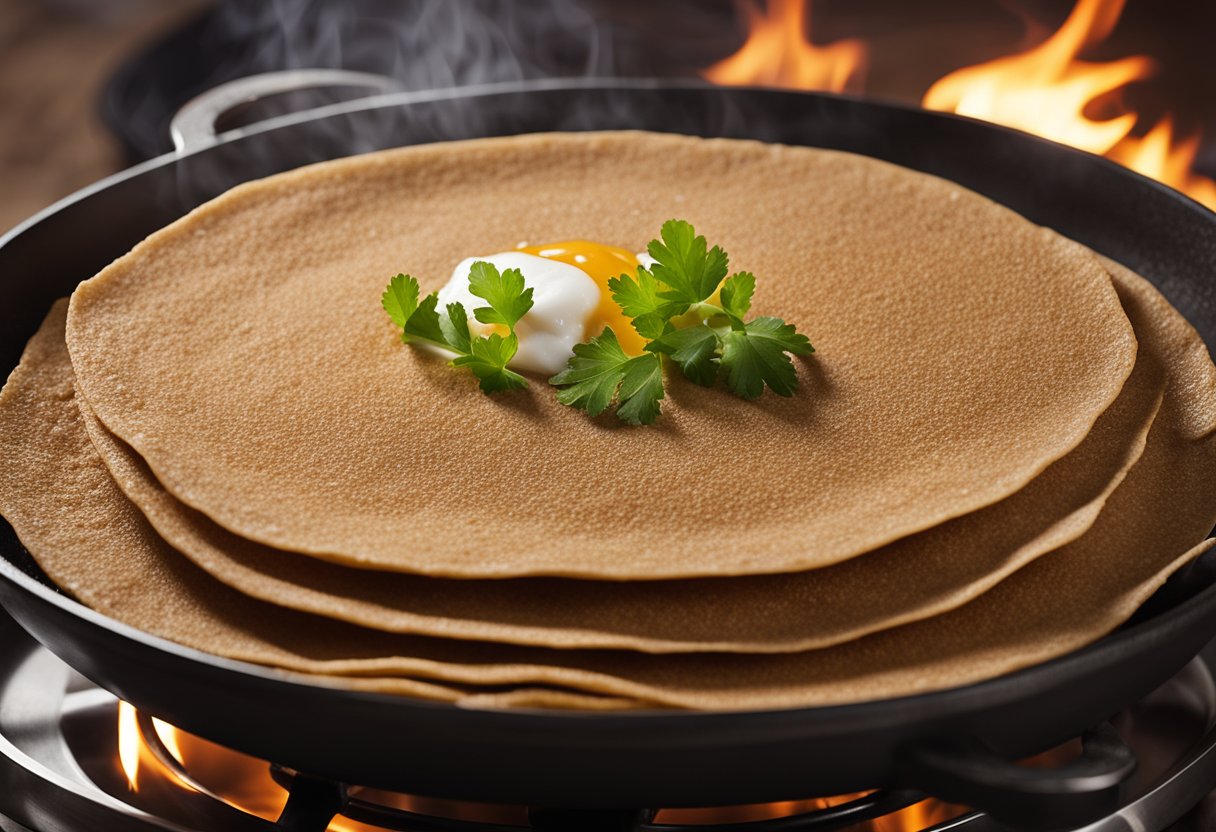
Before reheating injera, there are a few things you need to do to ensure that the bread is fresh and ready to eat. In this section, I will walk you through the preparation process for reheating injera.
Storing Leftover Injera
If you have leftover injera, you need to store it properly to keep it fresh. The best way to store leftover injera is to wrap it in an airtight container or cover it with a damp cloth or kitchen towel. This will prevent the injera from drying out and becoming hard.
Pre-Reheating Tips
Before reheating injera, there are a few things you can do to ensure that it comes out fresh and delicious.
Here are some pre-reheating tips to keep in mind:
- If the injera is dry, sprinkle a little bit of water on it before reheating. This will help to moisten the bread and make it more pliable.
- If you are reheating injera in the microwave, cover it with a damp paper towel to prevent it from drying out.
- If you are reheating injera on the stove, use a non-stick pan or griddle to prevent the bread from sticking.
- If you are reheating injera in the oven, wrap it in aluminum foil to prevent it from drying out.
By following these pre-reheating tips, you can ensure that your injera comes out fresh and delicious every time.
Reheating Methods
When it comes to reheating injera, there are several methods you can use depending on your preference.
Here are some of the most common methods:
Microwave Method
The microwave method is the quickest and easiest way to reheat injera. To do this, place one layer of injera on a microwave-safe plate and sprinkle some water onto the surface of the bread to help retain moisture during heating.
Cover the plate with a damp paper towel or microwave-safe lid. Microwave on high for 30 seconds to 1 minute, depending on the quantity of injera.
Check the bread after 30 seconds to see if it’s warm enough. If not, continue microwaving in 10-second intervals until it’s warm.
Oven Method
The oven method is a great option if you have a large quantity of injera to reheat. Preheat the oven to 350°F. Wrap the injera in aluminum foil and place it on a baking sheet.
Bake for 10-15 minutes or until it’s warm. If you want to reheat the injera quickly, preheat the oven to 400°F, wrap the injera in foil, and bake for 5-8 minutes.
Stovetop Method
The stovetop method is a gentle reheating method that helps retain the moisture in the injera. Place a skillet on medium heat and add a tablespoon of water.
Place the injera on top of the skillet and cover it with a lid. Steam the injera for 2-3 minutes or until it’s warm. If you don’t have a skillet, you can use a steamer instead.
Air Fryer Method
The air fryer method is a quick and easy way to reheat injera. Preheat the air fryer to 350°F. Place the injera in the air fryer basket and cook for 2-3 minutes or until it’s warm. If you’re reheating a large quantity of injera, you can use the air fryer oven instead.
Overall, these are the most common methods for reheating injera. Choose the method that works best for you based on the equipment you have available and the quantity of injera you need to reheat.
Maintaining Quality and Texture
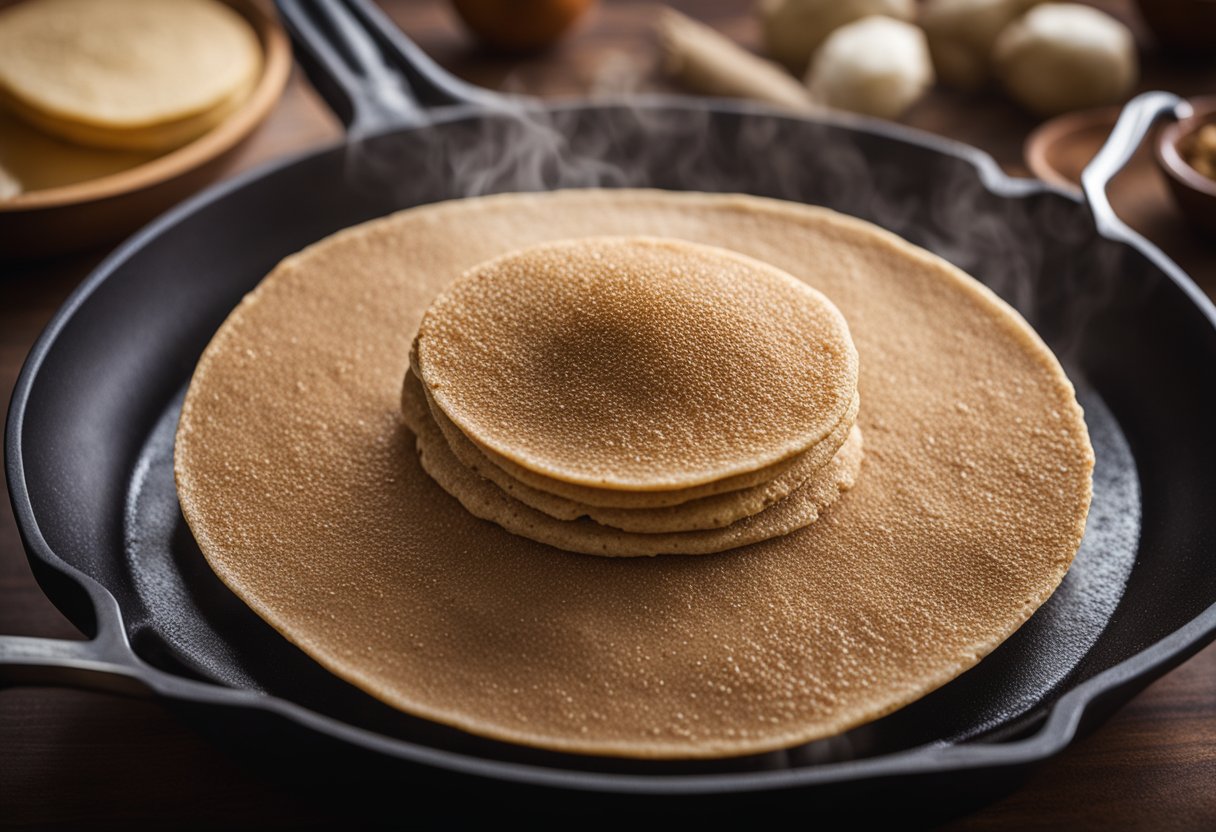
When reheating injera, it is important to maintain its quality and texture. There are a few things to keep in mind to ensure that your injera is still delicious after reheating.
Avoiding Sogginess
One common issue when reheating injera is that it can become soggy. To avoid this, it is important to use a method that does not add too much moisture to the bread.
One way to do this is to use a steaming method. Simply wrap the injera in a damp paper towel and then wrap it in plastic wrap.
Place it in a steamer basket and steam for a few minutes until heated through. This method will help to maintain the texture of the injera while still warming it up nicely.
Ensuring Even Warmth
Another important factor when reheating injera is to ensure that it is evenly warmed throughout. One method that works well for this is the microwave method.
Place the injera on a microwave-safe plate and cover it with a damp paper towel. Use a water spray bottle to lightly mist the paper towel.
Microwave on high for 30 seconds to 1 minute, or until heated through. Be sure to check the injera frequently to avoid overcooking.
By following these tips, you can ensure that your reheated injera is just as delicious as when it was freshly made.
Serving Reheated Injera
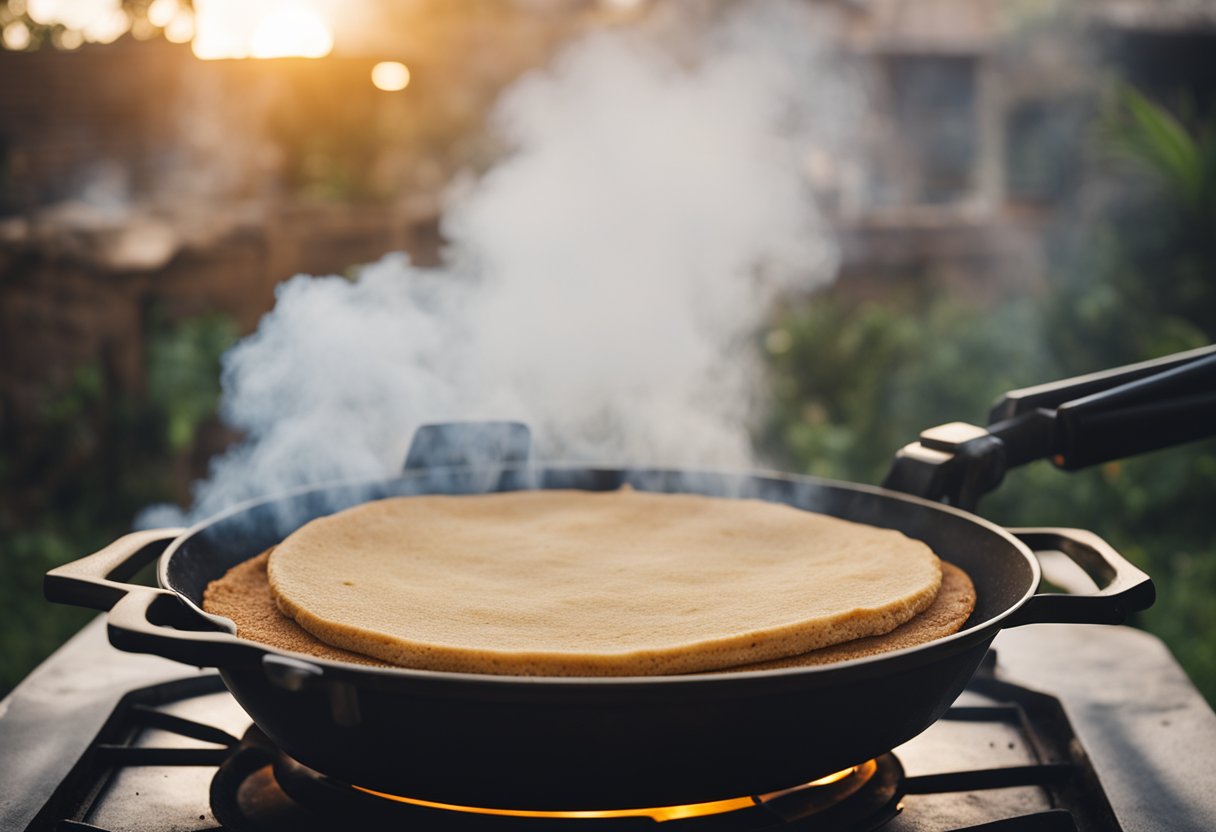
Once you’ve reheated your injera, you’re ready to enjoy this delicious flatbread. Here are some ideas for serving your reheated injera:
Pairing with Traditional Dishes
Injera is traditionally served with stews, curries, and other saucy dishes. The spongy texture of the bread is perfect for soaking up the flavorful sauces.
Leftover injera can be reheated and served alongside your favorite Ethiopian dishes. Some popular Ethiopian dishes that pair well with injera include:
- Doro Wat: A spicy chicken stew made with berbere spice.
- Misir Wat: A lentil stew made with berbere spice.
- Kitfo: A dish made with raw or rare beef seasoned with spices.
Innovative Serving Ideas
Injera can also be used as a wrap or a base for salads. Cut the reheated injera into small pieces and use them as a base for a salad. You can also use the injera as a wrap for leftover chicken or beef.
Another idea is to use the injera as a base for a breakfast dish. Simply top the reheated injera with scrambled eggs and your favorite toppings.
If you have a saucepan, you can use it to reheat the injera. Simply place the injera in the saucepan and heat it over low heat for a few minutes. The injera will become warm and soft, ready to be served.
With these ideas, you can enjoy your reheated injera in a variety of ways. Whether you pair it with traditional Ethiopian dishes or use it as a base for a salad, you’re sure to enjoy this delicious flatbread.
Frequently Asked Questions
What is the best method to reheat leftover Ethiopian injera?
The best method to reheat leftover Ethiopian injera is by steaming it. Place the injera in a steamer basket and steam it for 2-3 minutes.
If you don’t have a steamer basket, you can also use a microwave or oven to reheat the injera. However, the texture and taste of the injera may not be the same as freshly made injera.
Can injera be frozen for long-term storage, and if so, how?
Yes, injera can be frozen for long-term storage. Wrap the injera tightly in plastic wrap or aluminum foil and place it in an airtight container or freezer bag.
Injera can be stored in the freezer for up to 6 months. When you’re ready to use the injera, thaw it in the refrigerator overnight and then reheat it using your preferred method.
How long can injera be stored in the refrigerator before it spoils?
Injera can be stored in the refrigerator for up to 3-4 days before it spoils. To ensure that the injera lasts as long as possible, store it in an airtight container or wrap it tightly in plastic wrap.
What are the nutritional benefits of consuming injera?
Injera is a good source of complex carbohydrates, fiber, and protein. It is also low in fat and calories. Injera is made from teff flour, which is high in iron, calcium, and other minerals.
Additionally, the fermentation process used to make injera increases the bioavailability of nutrients in the teff flour.
Is it safe to eat injera the day after it has been prepared?
Yes, it is safe to eat injera the day after it has been prepared. However, the texture and taste may not be as good as freshly made injera. To ensure that the injera stays fresh, store it in an airtight container or wrap it tightly in plastic wrap.
What steps should be taken to properly heat injera in a microwave?
To properly heat injera in a microwave, place one layer of injera on a microwave-safe plate and sprinkle some water onto the surface of the bread to help retain moisture during heating.
Cover the plate with a damp paper towel and microwave the injera for 30-45 seconds on high power. Check the injera to see if it is heated through and repeat the process if necessary.


